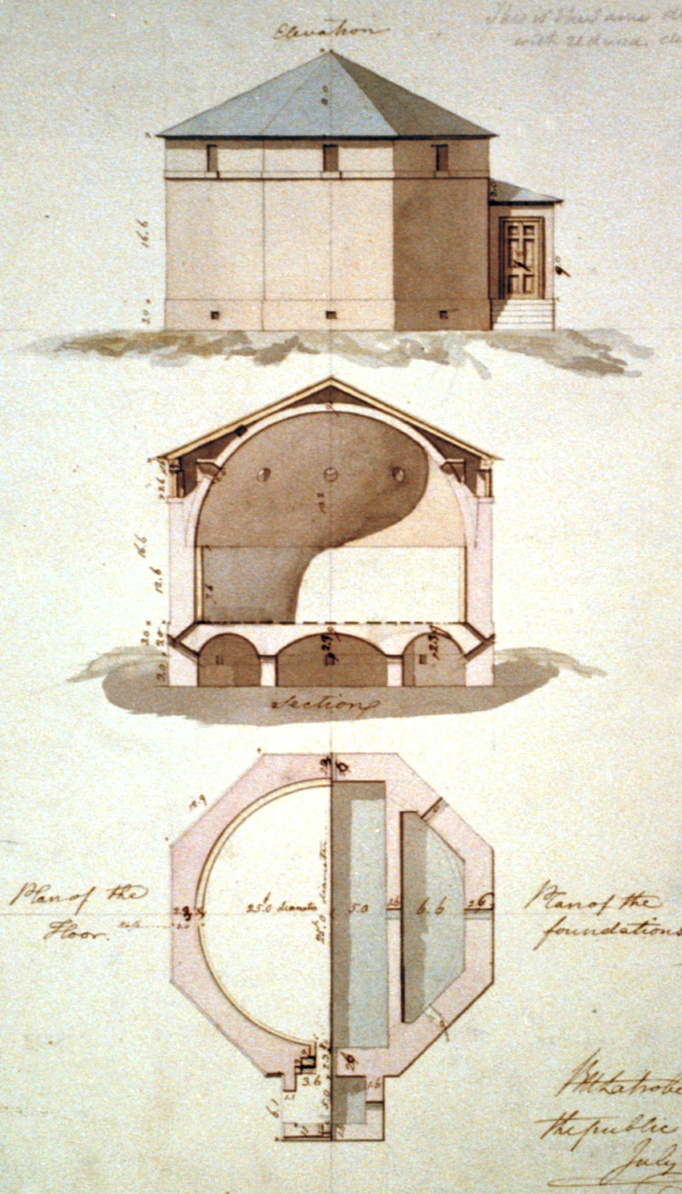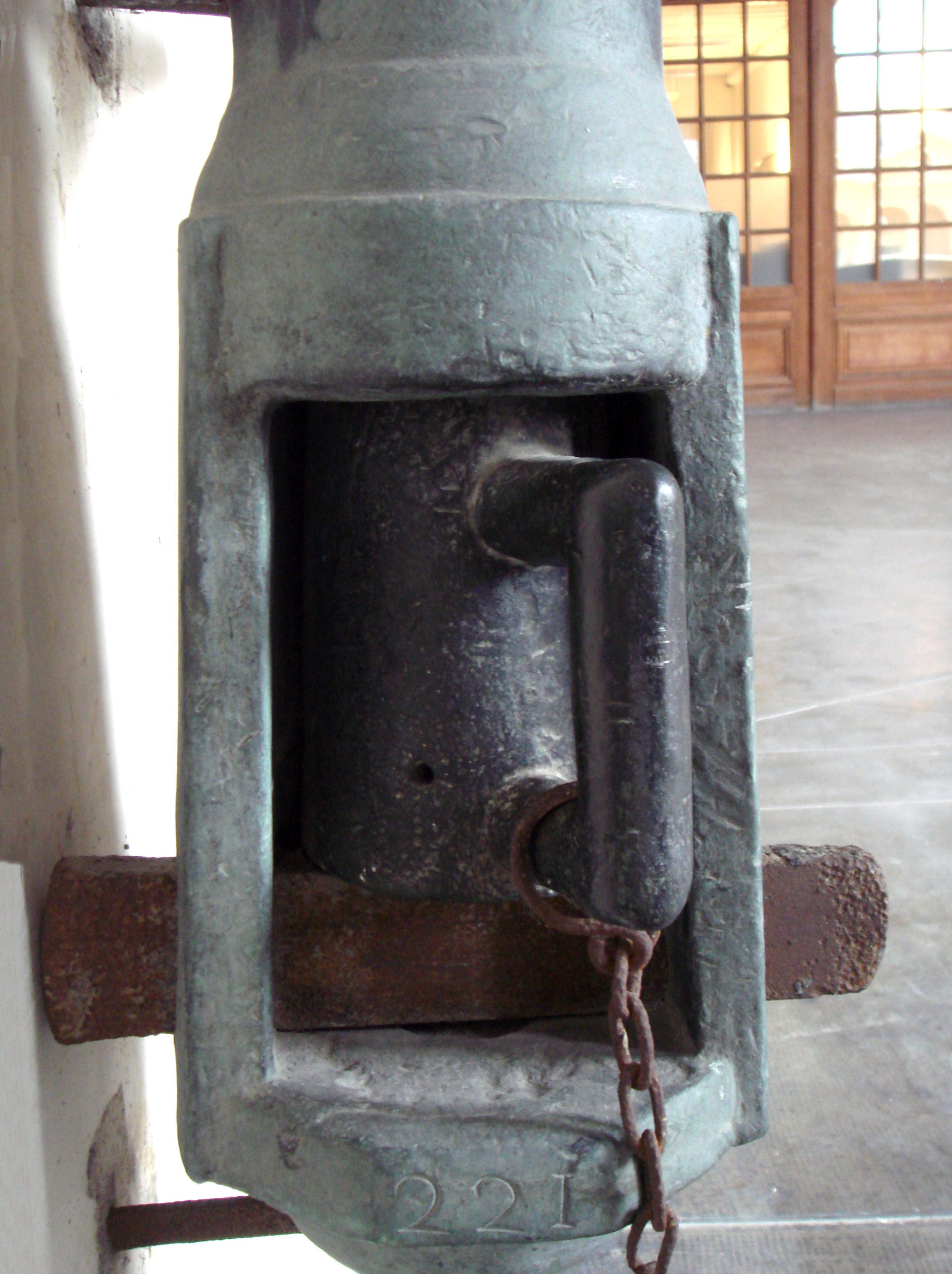|
Fort Allen (Carbon County, Pennsylvania)
Fort Allen was a military structure built in Franklin Township, Carbon County, Pennsylvania, Franklin Township (in what is now Weissport, Pennsylvania, Weissport), in Carbon County, Pennsylvania in 1756. It was first of several frontier defenses erected by Benjamin Franklin for the Province of Pennsylvania during the French and Indian War."Fort Allen (1947HM00086)" and "Fort Allen Well," inPennsylvania Historical Marker Search" Harrisburg, Pennsylvania: Pennsylvania Historical and Museum Commission, retrieved online August 20, 2023. The garrison was rarely more than fifty men, and the fort never saw combat, however it became a center of contact and trade with Native Americans and served as a stopping point for Indians traveling to and from Bethlehem, Pennsylvania, Bethlehem, Easton, Pennsylvania, Easton and Philadelphia. It was abandoned in 1761 near the end of the French and Indian War, and briefly reoccupied during Pontiac's War and again during the American Revolutionary War. ... [...More Info...] [...Related Items...] OR: [Wikipedia] [Google] [Baidu] |
Franklin Township, Carbon County, Pennsylvania
Franklin Township is a township in Carbon County, Pennsylvania. It is part of Northeastern Pennsylvania. The population was 4,262 at the 2010 census. A portion of Beltzville State Park is in Franklin Township. Geography The township is located in southern Carbon County and is drained by the Lehigh River on its western boundary. The northern boundary runs along the base of Bear Mountain. Pohopoco Creek is the primary tributary of the Lehigh within the township and is impounded in the township by Beltzville Dam to form Beltzville Lake. Villages in the township include Beltzville, East Weissport, Harrity, Long Run, North Weissport, and Walcksville. According to the U.S. Census Bureau, the township has a total area of , of which is land and , or 3.27%, is water. Neighboring municipalities * Parryville (southwest) * Mahoning Township (west) * Weissport (west) * Lehighton (west) *Jim Thorpe (northwest) * Penn Forest Township (north) * Towamensing Township (east) * Lower Towame ... [...More Info...] [...Related Items...] OR: [Wikipedia] [Google] [Baidu] |
Gnadenhütten Massacre (Pennsylvania)
The Gnadenhütten massacre was an attack during the French and Indian War in which Native allies of the French killed 11 Moravian church, Moravian missionaries at Gnadenhütten, Pennsylvania (modern day Lehighton, Pennsylvania) on 24 November 1755. They destroyed the mission village and took one woman prisoner, and only four of the sixteen residents escaped. Following the attack, Benjamin Franklin was commissioned by the Pennsylvania Provincial Council to construct forts in the area, and in other parts of the Province of Pennsylvania, to defend against Native American attacks, which were becoming increasingly frequent due to the French and Indian War. Background Moravian missionaries first established a mission at Friedenshütten ("Tents of Peace"), near Bethlehem, Pennsylvania in 1744, but in 1745 decided to move some distance northwest of Bethlehem, to a site they named Gnadenhütten ("Tents of Grace," often written Gnadenhuetten and sometimes referred to as "Gnadenhütten on ... [...More Info...] [...Related Items...] OR: [Wikipedia] [Google] [Baidu] |
Swivel Guns
A swivel gun (or simply swivel) is a small cannon mounted on a swiveling stand or fork which allows a very wide arc of movement. Another type of firearm referred to as a swivel gun was an early flintlock combination gun with two barrels that rotated along their axes to allow the shooter to switch between either the rifled or the smoothbore barrels. Swivel guns should not be confused with pivot guns, which were far larger weapons mounted on a horizontal pivot, or screw guns, which are a mountain gun with a segmented barrel. An older term for the type is peterero (alternative spellings include "paterero" and "pederero"). The name was taken from the Spanish name for the gun, pedrero, a combination of the word piedra (stone) and the suffix -ero (-er), because stone was the first type of ammunition fired. It had a high rate of fire, as several chambers could be prepared in advance and quickly fired in succession and was especially effective in anti-personnel roles. It was used ... [...More Info...] [...Related Items...] OR: [Wikipedia] [Google] [Baidu] |
Gunpowder Magazine
A gunpowder magazine is a magazine (building) designed to store the explosive gunpowder in wooden barrels for safety. Gunpowder, until superseded, was a universal explosive used in the military and for civil engineering: both applications required storage magazines. Most magazines were purely functional and tended to be in remote and secure locations. They are the successor to the earlier powder towers and powder houses. In Australia Historic magazines were at the following locations, among others: * Jack's Magazine, Saltwater River, Victoria * Goat Island, Sydney * Spectacle Island (Port Jackson) * North Arm Powder Magazine * Dry Creek explosives depot In Canada There are magazines at: * Citadel Hill (Fort George) * Citadel of Quebec, Quebec City, Quebec *Parc de l'Esplanade, Quebec City, Quebec *Cole Island, Esquimalt, British Columbia * Fort Lennox, Île-aux-Noix, Quebec * Fort William Historical Park, Thunder Bay, Ontario *Fort York, Toronto In Ireland Ballincollig, ... [...More Info...] [...Related Items...] OR: [Wikipedia] [Google] [Baidu] |
Bastions
A bastion is a structure projecting outward from the curtain wall of a fortification, most commonly angular in shape and positioned at the corners of the fort. The fully developed bastion consists of two faces and two flanks, with fire from the flanks being able to protect the curtain wall and the adjacent bastions. Compared with the medieval fortified towers they replaced, bastion fortifications offered a greater degree of passive resistance and more scope for ranged defence in the age of gunpowder artillery. As military architecture, the bastion is one element in the style of fortification dominant from the mid 16th to mid 19th centuries. Evolution By the middle of the 15th century, artillery pieces had become powerful enough to make the traditional medieval round tower and curtain wall obsolete. This was exemplified by the campaigns of Charles VII of France who reduced the towns and castles held by the English during the latter stages of the Hundred Years War, and by the ... [...More Info...] [...Related Items...] OR: [Wikipedia] [Google] [Baidu] |
List Of Justices Of The Supreme Court Of Pennsylvania
Current Bench Complete list of justices Following is a complete list of justices: Notes References {{Lists of US Justices Justices of the Supreme Court of Pennsylvania, * Lists of United States state supreme court justices, Pennsylvania Lists of people from Pennsylvania, Justices Pennsylvania law-related lists, Justices of the Supreme Court of Pennsylvania ... [...More Info...] [...Related Items...] OR: [Wikipedia] [Google] [Baidu] |
Allentown, Pennsylvania
Allentown (Pennsylvania Dutch language, Pennsylvania Dutch: ''Allenschteddel'', ''Allenschtadt'', or ''Ellsdaun'') is a city in eastern Pennsylvania, United States. The county seat of Lehigh County, Pennsylvania, Lehigh County, it is the List of municipalities in Pennsylvania, third-most populous city in Pennsylvania, with a population of 125,845 as of the 2020 United States census, 2020 census. It is also the most populous city in the Lehigh Valley metropolitan area, which had a population of 861,899 and was the 68th-most populous Metropolitan statistical area, metropolitan area in the nation as of 2020. Founded in 1762, Allentown is located on the Lehigh River, a tributary of the Delaware River. It is the largest of three adjacent cities, including Bethlehem, Pennsylvania, Bethlehem and Easton, Pennsylvania, Easton in Lehigh and Northampton County, Pennsylvania, Northampton counties, in the Lehigh Valley region. Allentown is located north of Philadelphia and west of New Yor ... [...More Info...] [...Related Items...] OR: [Wikipedia] [Google] [Baidu] |
William Allen (loyalist)
William Allen (August 5, 1704 – September 6, 1780) was a wealthy merchant, attorney and chief justice of the Province of Pennsylvania, and mayor of Philadelphia during the colonial era. At the time of the American Revolution, Allen was one of the wealthiest and most powerful men in Philadelphia. A Loyalist, Allen agreed that the colonies should seek to redress their grievances with British Parliament through constitutional means, and he disapproved of the movement toward independence.De Lancey, Edward F. "Chief Justice William Allen." ''The Pennsylvania Magazine of History and Biography'' 1877: 202–210. He built a manor and country estate, known as Mount Airy, in 1750 outside Philadelphia; the neighborhood became known by his estate's name and is now part of the city. In 1762, he founded what became Allentown, Pennsylvania, and had a hunting lodge there. Early life and education Allen was born in Philadelphia on August 5, 1704, the son of William Allen Sr., a successfu ... [...More Info...] [...Related Items...] OR: [Wikipedia] [Google] [Baidu] |
Swivel Gun
A swivel gun (or simply swivel) is a small cannon mounted on a swiveling stand or fork which allows a very wide arc of movement. Another type of firearm referred to as a swivel gun was an early flintlock combination gun with two barrels that rotated along their axes to allow the shooter to switch between either the rifling, rifled or the smoothbore barrels. Swivel guns should not be confused with pivot guns, which were far larger weapons mounted on a horizontal pivot, or RML 2.5 inch Mountain Gun, screw guns, which are a mountain gun with a segmented barrel. An older term for the type is peterero (alternative spellings include "paterero" and "pederero"). The name was taken from the Spanish name for the gun, pedrero, a combination of the word piedra (stone) and the suffix -ero (-er), because stone was the first type of ammunition fired. It had a high rate of fire, as several chambers could be prepared in advance and quickly fired in succession and was especially effective in ant ... [...More Info...] [...Related Items...] OR: [Wikipedia] [Google] [Baidu] |
Loophole (firearm)
A loophole is a protected small opening, which allows a firearm to be aimed and discharged, while providing cover and concealment for the rifleman. To prevent detection, the rifle's muzzle should not protrude through the loophole, particularly at night to hide the muzzle flash. Arrowslit The precursor to the loophole for firearms was the arrowslit, which is a narrow aperture in a fortification for an archer to launch arrows or an arbalist to launch crossbow bolts. The earliest use of the arrowslit was alleged to have been by Archimedes during the siege of Syracuse in 214–212 BC. Arrowslits were used in ancient Greek warfare and by the military of ancient Rome. There was a reintroduction of arrowslits during the medieval warfare period at Dover Castle and Framlingham Castle in England and by Richard the Lionheart at Château Gaillard in France. First World War During the First World War, the static movement of trench warfare and a need for protection from snip ... [...More Info...] [...Related Items...] OR: [Wikipedia] [Google] [Baidu] |
Palisade
A palisade, sometimes called a stakewall or a paling, is typically a row of closely placed, high vertical standing tree trunks or wooden or iron stakes used as a fence for enclosure or as a defensive wall. Palisades can form a stockade. Etymology ''Palisade'' derives from ''pale'', from the Latin word ', meaning stake, specifically when used side by side to create a wood defensive wall. In turn, ''pālus'' derives from the Old Italic word ''palūts'', which may possibly derive from the Proto-Indo-European word ''pelh'', meaning pale or gray. It may be related to the Proto-Uralic word ''pil'me'' (uncertain meaning) or the word ''pilwe'', meaning cloud. (see wikt:pale#Etymology_2, 'pale', English: Etymology 2 on Wiktionary). Typical construction Typical construction consisted of small or mid-sized tree trunks aligned vertically, with as little free space in between as possible. The trunks were sharpened or pointed at the top, and were driven into the ground and sometimes rein ... [...More Info...] [...Related Items...] OR: [Wikipedia] [Google] [Baidu] |







